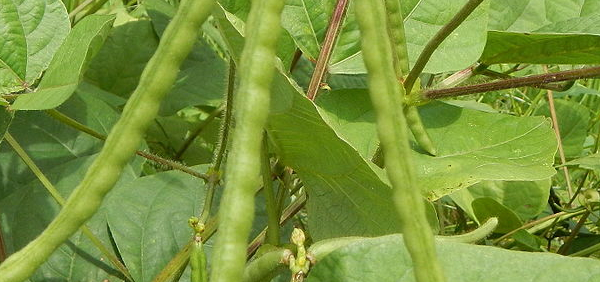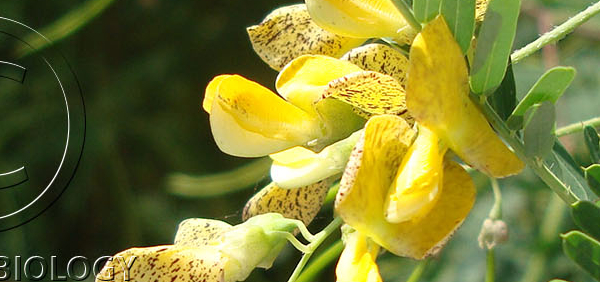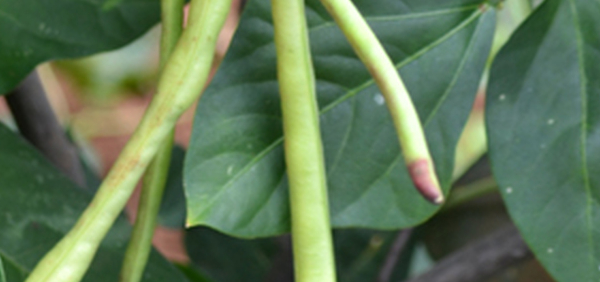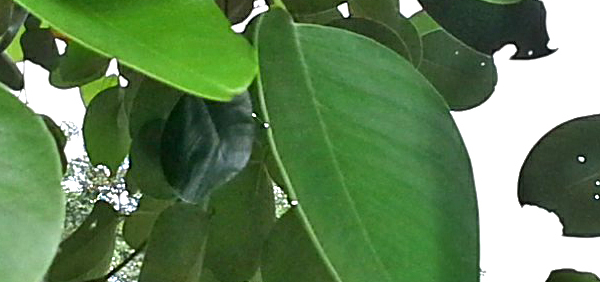dhanya :

Morphology:
Root fibrous, thin, cylindrical, 5-15 cm in length and 0.05-0.1 cm thick with a few rootlets, soft, smooth; creamish-brown to greyish-brown.A grass which can grow to over 1 m tall, or to 5 m long in deep water.
Stem and leaves: The stem is upright and composed of a series of joint-like nodes, with a leaf growing from each node.
Seeds: The seeds (or grain) grow on branch-like spikes which arch over. The grain is the most economically important part of the rice plant, and its endosperm is the final product consumed.
Histology:
Root – Shows single layered epidermis consisting of thin-walled, rectangular cells with a few unicellular root hairs; exodermis 1-2 layered, composed of thick-walled, sclerenchymatous cells; cortex differentiated into three zones; outer 5-8 and inner 2-3 layered, both consisting of round to oval, parenchymatous cells with intercellular spaces; middle zone consisting of radially elongated, parenchymatous cells having very large air-spaces; endodermis and pericycle both single layered; xylem and phloem form equal number of bundles arranged alternately with each other; centre occupied by a small pith composed of polygonal, thick-walled, sclerenchymatous cells.- » Classification and names of dhanya
- » Synonyms and definitions of dhanya
- » Drug Properties of dhanya
- » Chemical Constituents of dhanya
- » Standardization of dhanya
- » Parts used and Dosage of dhanya
- » Morphology and Histology of dhanya
- » Distribution and Conservation of dhanya
- » Cultivation of dhanya
- » dhanya in the market
- » Medicinal Uses of dhanya
- » Researches and clinical trails of dhanya
- » dhanya in other sytems of medicine
- » Ayurvedic formulations with dhanya
- » Images of dhanya












